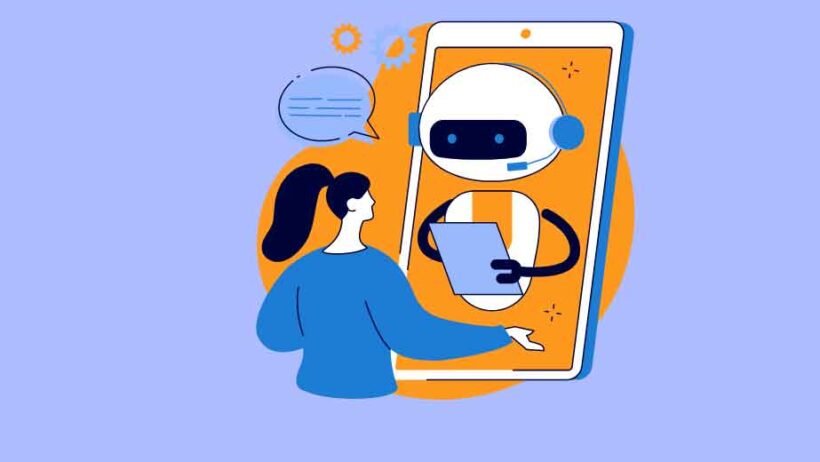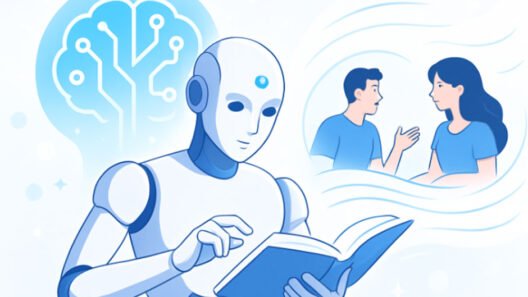Accurate data is essential for systems that interpret the world through text, sound, and visuals. Open and multimodal datasets bring together different information types to help models perceive, classify, and reason with context. When data reflects real scenarios, models learn to recognize patterns more effectively and respond with improved precision.
Research Institutions and Universities
For research teams, an open dataset provides an opportunity to measure model reliability across multiple modalities. It helps with evaluating how text, image, and audio inputs interact within complex systems. This form of data offers transparency and reproducibility that is critical for scientific accuracy. Multimodal learning fosters experimentation that reveals both model strengths and blind spots.
Universities use open and curated data to maintain a culture of academic integrity. Datasets with varied formats help students grasp how visual and linguistic signals combine to form machine comprehension. This type of exposure strengthens research practices and contributes to the advancement of reliable artificial systems.
Startups and Emerging Innovators
Smaller technology firms rely on public and multimodal data to build early versions of visual-language models. Access to shared data helps them validate algorithms and assess model perception before large-scale deployment. It may help improve the quality of their outputs while lowering the cost of development. The approach also allows faster experimentation without excessive data collection.
Images linked with descriptive text or contextual audio help train models that interpret scenes more accurately. This integration deepens model perception and supports more adaptive responses. Shared data encourages fair participation in research and promotes open benchmarking within the developer community.
Corporate Research and Development
Businesses utilize shared multimodal datasets to train systems that align text and image inputs with practical insights. This access helps with refining vision-language models for logistics, retail, and product analysis. A balanced mix of data sources improves prediction and classification results. Companies gain the ability to validate models before committing to proprietary data expansion.
Responsible use of open datasets encourages reproducible testing and higher evaluation standards. Publicly available data serves as a benchmark for internal experimentation. It may help improve consistency across models trained for object recognition, visual reasoning, or automated reporting. By integrating multimodal content, research teams close perception gaps and enhance interpretability.
Education and Nonprofit Sectors
Educational institutions benefit from real-world datasets that reflect diverse contexts. Students can explore how systems interpret text aligned with visual cues or structured metadata. This hands-on experience enhances analytical thinking and reinforces the connection between human perception and computational reasoning. Access to multimodal examples deepens learning and sparks curiosity in technical exploration.
Nonprofits use shared datasets to analyze humanitarian issues more effectively. Combining imagery, reports, and geographic data aids in identifying areas in need and measuring intervention outcomes. It reduces duplication and improves coordination across organizations. Data accessibility ensures fairness in both action planning and performance evaluation.
An open dataset combining text, visual, and sensory elements offers measurable value across research, business, and education. It helps with refining model perception, enhancing consistency, and strengthening accountability in data-driven systems. Open and multimodal resources bridge the gap between real-world complexity and computational learning. As collaboration expands, these shared datasets may help improve model vision and bring greater accuracy to human-machine interaction.








